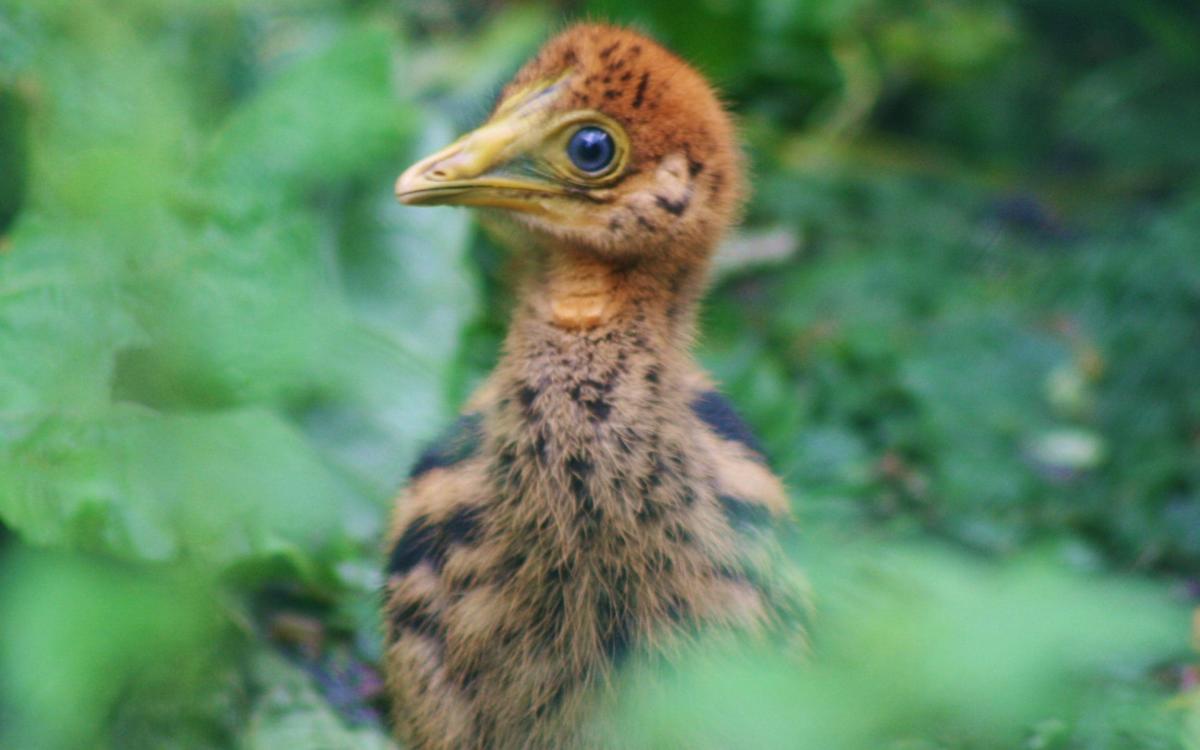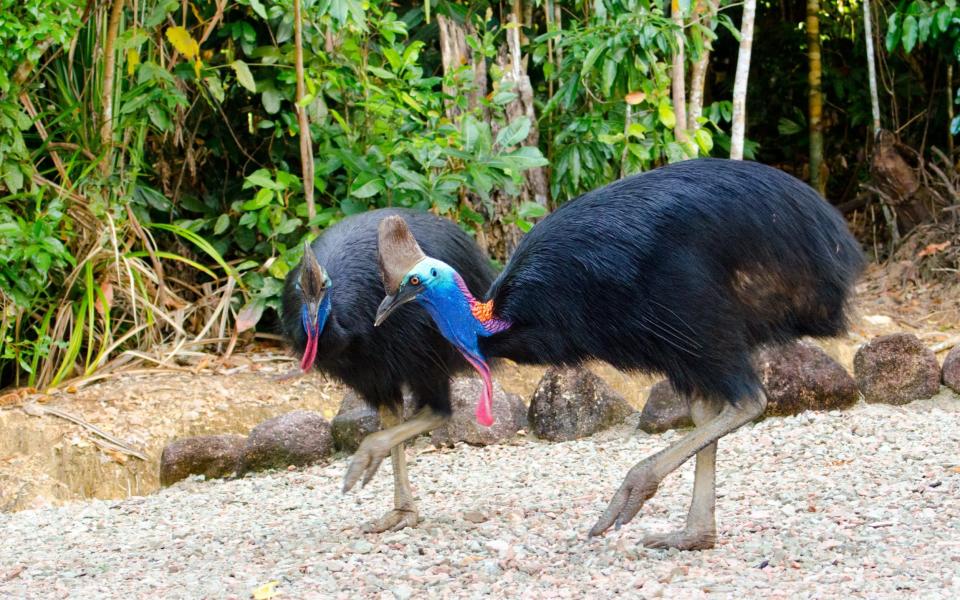World
‘World’s deadliest chick’ hatches in Cotswolds bird park

One of the “world’s deadliest chicks” has hatched in a bird park in the Cotswolds.
Birdland has announced the first successful hatching in its history of the chick of a southern cassowary, renowned as one of the world’s largest and most formidable flightless birds.
The southern cassowary is regarded as dangerous because of its claws, strong legs and aggressive behaviour when threatened. The birds have killed people, including Marvin Hajos, 75, who was attacked by one of his pet cassowaries in Florida five years ago.
It is a major milestone for the Bourton-on-the-Water wildlife attraction, which has been trying to breed the giant birds on-site for more than 25 years.
Click here to view this content.
The chick, which is part of the Eaza Ex-situ Programme, formerly called the European Endangered Species Programme, is only the fourth to hatch in Europe this year and the firstborn in the UK since 2021.
The parents, a male from Avifauna in Alphen, the Netherlands, and a female from Frankfurt, Germany, have been together at Birdland since 2012.
Alistair Keen, the headkeeper at Birdland, said: “It has been a massive effort from the entire team here over many years, but it’s all been worthwhile when you see this amazing humbug-coloured chick exploring its new surroundings under the watchful eye of a very protective father.

“Cassowaries have a reputation as one of the world’s most dangerous birds and their size, speed and power combined with their dagger-like 10cm claws mean we have to take looking after them extremely seriously.
“They are the only birds on-site that have their own risk assessment as they are potentially so hazardous.
“In order to avoid disturbing them during the incubation, we’ve been using video cameras to monitor the nest, and when we caught our first glimpse of the tiny chick, it was a very special moment indeed.”
It is the male that incubates the eggs and looks after the hatchlings, a rare occasion in the animal world. He sits on the nest for up to two months.
Once the brown-and-tan striped chicks hatch, it’s the male that leads them to his regular feeding grounds, protecting them and teaching them the ways of the world. Youngsters stay with their fathers for up to 16 months.


The name “cassowary” is thought to originate from two Papuan words: “kasu” (meaning horned) and “wari” (meaning head). It refers to the bird’s prehistoric-looking casque, a hollow structure made of keratin on the top of their head.
Found in the tropical rainforests of Australia, Indonesia and Papua New Guinea, the southern cassowary’s conservation status was recently re-designated from “vulnerable” to “least concern”.
However, deforestation and increasing human activity are providing a growing threat to the birds’ long-term survival prospects.
Although flightless, like other members of the ratite family including ostriches and emus, they are powerful runners, reaching speeds of up to 31mph. Despite lacking the ability to fly, the giant birds can also jump up to 2m and have even been filmed swimming.
Over the coming weeks, it is hoped that visitors will have a rare opportunity to catch a glimpse of the fast-growing bird in its spacious enclosure.









:quality(85):upscale()/2024/09/19/349/n/49352476/927bfa0366ebd1501fb7e6.80914909_.jpg)